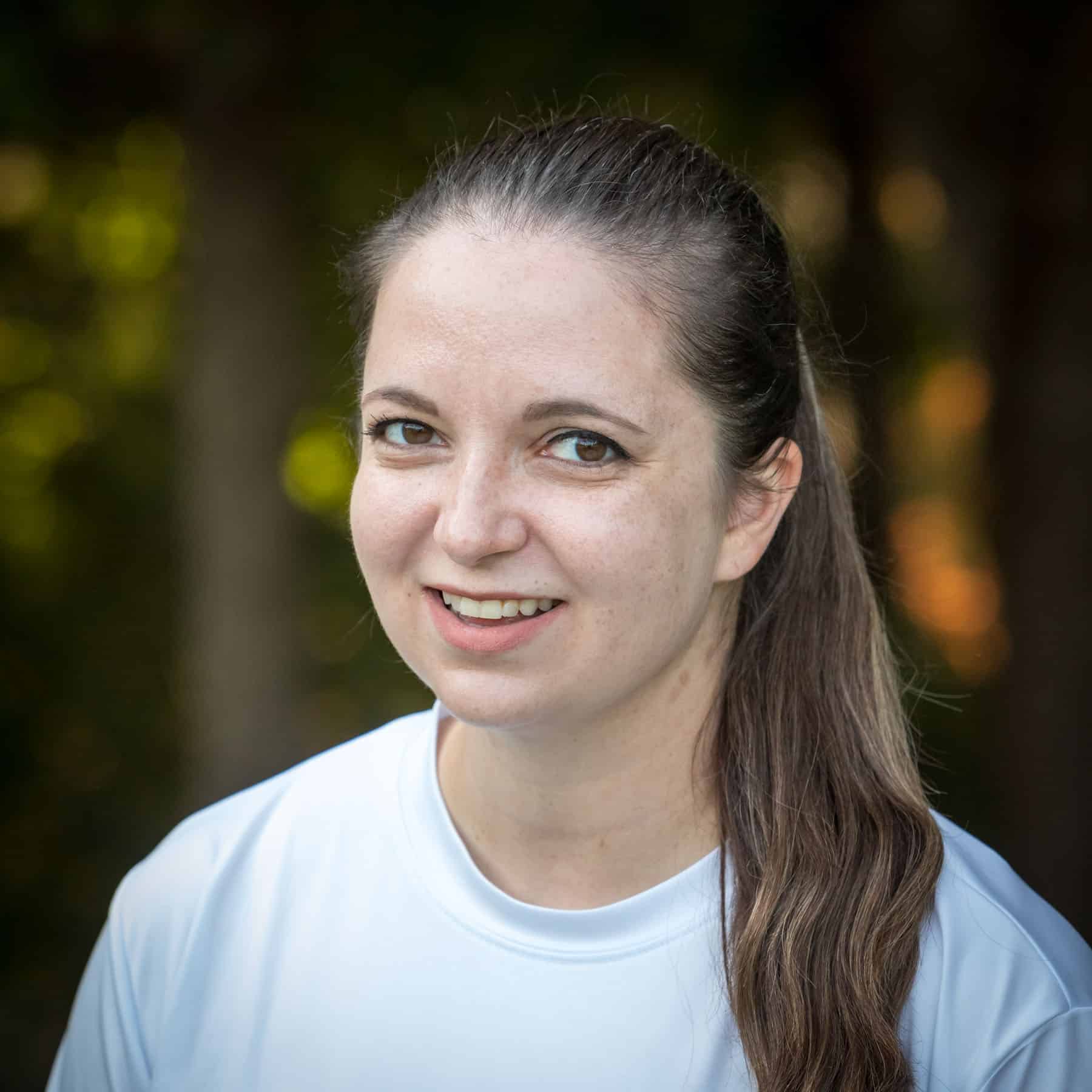Today may seem like just another day to most. But in the world of math education, it’s a day to celebrate—Happy Pi Day, everyone! While the approximate value 3.14 is commonly used to represent the mathematical constant that expresses the ratio of a circle’s circumference (distance around) to its diameter (distance across), pi is an irrational number. Mathematicians and scientists have proven that the digits of the decimal representation of this ratio continue infinitely, with no repetition or any other discernible pattern within the string of numbers.
Unlike many math problems that lead to a definitive final answer, the exact value of pi can never be determined as the digits continue on and on and on to no end. Having those final and definitive numbers and answers can be very helpful in learning and life, but pi offers something else just as valuable. Its wonderful irrationality is a challenge that sparks the curiosity of both professional and middle school mathematicians alike!
Our middle school students embraced that curiosity this week with our second annual Pi Day celebration. Students challenged themselves to memorize as many digits of pi as possible. They follow in the footsteps of last year’s winner, eighth grader Siri Paulsson, who memorized an impressive 314 digits—a number that was anything but random. By the time you read this, a new (or repeat) champion has likely been crowned, so be sure to ask around to learn who it is and how many digits they remembered.
Along with the friendly (and slightly competitive) memorization contest, our sixth graders enjoyed reading a picture book entitled Sir Cumference and the Dragon of Pi. The book tied in perfectly to their curriculum, as they prepare to study circumference and area of circles in math class this spring. Lastly, our middle school students also went home proudly sporting temporary pi tattoos, marking the occasion with a bit of mathematical flair.
At BDS, we continuously challenge the misconception that only those with a “math brain” can succeed in mathematics. As Dr. Rachel Starks Chaves, eighth grade math teacher, shared in a column last year, changing how we speak about and interact with mathematical ideas can profoundly impact students’ ability to see themselves as capable mathematicians. We hope that engaging activities like our Pi Day celebration help extend mathematical thinking beyond the classroom, allowing students to experience math’s joy, creativity, and beauty in fun and meaningful ways.
Want to challenge your memory? Here are the first 314 digits of Pi: 3.141592653589793238462643383279502884197169399375105820974944592307816406286208998628034825342117067982148086513282306647093844609550582231725359408128481117450284102701938521105559644622948954930381964428810975665933446128475648233786783165271201909145648566923460348610454326648213393607260249141273724587006606 …
Good luck! And have a wonderful weekend (hopefully filled with math)!
Brittany Ryan, on behalf of the middle school math department (Sarah Pikcilingis and Dr. Rachel Starks Chaves)

